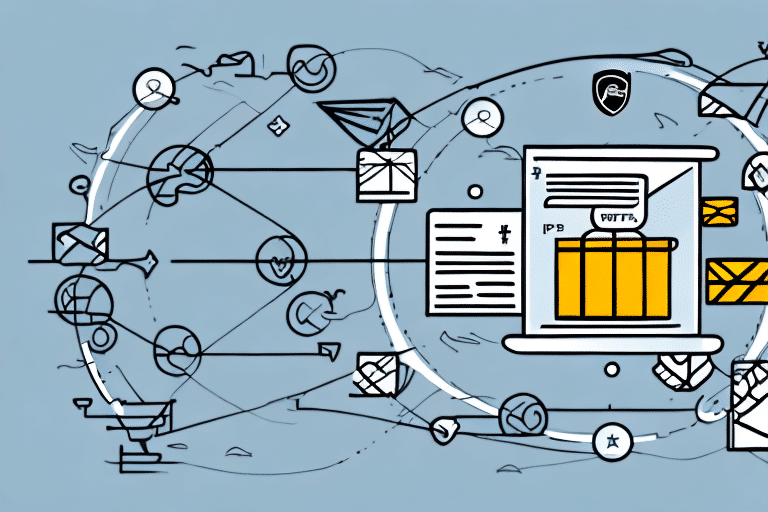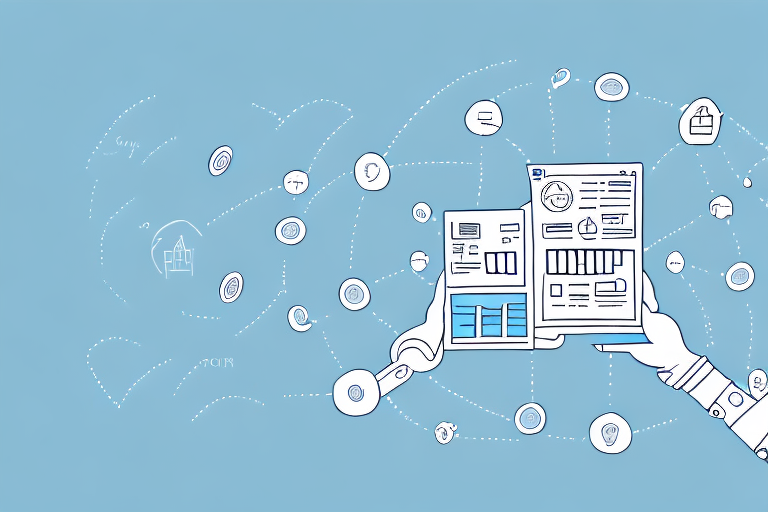Understanding Third Party Billing in UPS Worldship
In the world of shipping, businesses have various billing options available to manage their logistics effectively. One such option is third-party billing, which offers numerous benefits but also comes with certain limitations. This article delves into the intricacies of third-party billing in UPS Worldship, exploring how it operates, its advantages and drawbacks, and best practices for implementation.
What is Third Party Billing and Why Does it Matter?
Third-party billing allows a business to assign the responsibility of paying for shipping charges to an external entity. Typically, this third party is a company with an established relationship with the shipper, and both parties agree on the payment terms. This arrangement can lead to significant cost savings and enhanced convenience, making it an attractive option for businesses looking to streamline their shipping processes.
However, third-party billing also introduces certain risks. If the third party fails to settle the shipping charges, the original business may ultimately bear the financial responsibility. Additionally, disputes over charges or errors in billing can cause delays and complications in the shipping process. Therefore, it's imperative for businesses to assess the reliability and reputation of the third party before opting for this billing method.
How Does Third Party Billing Work in UPS Worldship?
Implementing third-party billing in UPS Worldship is a straightforward process. Businesses can select the third-party billing option and input the relevant billing information provided by the third party. Once set up, UPS Worldship charges the third party's account for all shipping expenses incurred, and the business receives a consolidated bill from the third party.
Additionally, UPS Worldship allows users to designate a default third party, simplifying the process for businesses that frequently utilize this billing method. It's essential to ensure that the third party has a valid UPS account to facilitate seamless billing. Businesses also have the flexibility to apply third-party billing to all shipments or selectively, based on their specific needs.
Moreover, third-party billing enables businesses to effectively track and manage their shipping expenses. By receiving detailed bills from the third party, companies can monitor their shipping costs, ensuring they remain within budgetary constraints. This feature is particularly beneficial for businesses that handle large volumes of shipments and require meticulous expense tracking.
Benefits of Using Third Party Billing in UPS Worldship
Adopting third-party billing in UPS Worldship offers several advantages:
- Cost Savings: By leveraging the third party's existing relationships and negotiated rates with carriers, businesses can reduce their shipping costs.
- Convenience: Outsourcing billing responsibilities means businesses don't have to manage individual shipment payments, streamlining their operations.
- Enhanced Expense Management: Consolidated billing allows for easier tracking and monitoring of shipping expenses, aiding in budget management.
- Access to Additional Services: Third-party billing companies often have partnerships with multiple carriers, providing businesses with a broader range of shipping options, including international and specialized services.
According to a Forbes report, businesses that effectively utilize third-party logistics and billing can achieve up to a 20% reduction in shipping costs.
Limitations of Third Party Billing in UPS Worldship
Despite its benefits, third-party billing presents certain challenges:
- Loss of Control: Delegating billing to a third party means relinquishing some control over shipping expenses and processes.
- Billing Restrictions: Some third parties may impose restrictions on the types of shipments they are willing to cover, limiting a business's shipping flexibility.
- Payment Delays: If the third party delays payments, it can disrupt the shipping process and potentially incur additional costs.
- Invoice Reconciliation: Tracking and reconciling invoices can become complicated, especially if the third party's billing statements are unclear or contain errors.
How to Set Up Third Party Billing in UPS Worldship
Setting up third-party billing in UPS Worldship involves several key steps:
- Establish Agreement: Contact the chosen third party and agree on the billing terms and conditions.
- Obtain Billing Information: Secure the third party's billing details, including their UPS account number.
- Configure UPS Worldship: Enter the third party's billing information into your UPS Worldship account. This can be done through the billing settings, where you can also set up a default third party for ease of use.
- Verify Details: Ensure that all billing information is accurate to prevent payment delays or shipment rejections.
It's advisable to regularly review and update third-party billing information to maintain accuracy and prevent discrepancies. For detailed guidance, refer to the UPS Billing Guidelines.
Implementing third-party billing can lead to significant time and cost savings by automating the payment process and reducing administrative burdens associated with managing shipping expenses.
Common Issues with Third Party Billing and How to Resolve Them
While third-party billing is efficient, businesses may encounter common issues:
- Delayed Payments: The third party may not pay their bills on time, leading to potential disruptions. To mitigate this, establish clear payment schedules and maintain regular communication with the third party.
- Incorrect Billing Information: Errors in billing addresses, account numbers, or pricing can cause disputes and delays. Regularly verify billing information and implement a verification process before submitting invoices.
- Discrepancies in Charges: Differences between expected and billed amounts can arise. Maintain detailed records of shipments and cross-reference them with third-party invoices to identify and address discrepancies promptly.
Implementing robust monitoring and reconciliation processes can help identify and resolve these issues efficiently, ensuring smooth billing operations.
Comparing Third Party Billing to Other Shipping Options in UPS Worldship
UPS Worldship offers various shipping billing options, each catering to different business needs:
- Self-Billing: Businesses handle their own billing, providing greater control over shipping costs but requiring more administrative effort.
- Third Party Billing: Outsourcing billing to a third party reduces administrative tasks and may offer cost savings but involves relinquishing some control.
- Billing to UPS: Direct billing through UPS offers simplicity but might not provide the same level of cost optimization as third-party arrangements.
The choice between these options depends on a business's priorities, such as cost management, administrative capacity, and desired level of control over shipping processes. For instance, a business prioritizing control and having the resources to manage billing might prefer self-billing, while another seeking convenience and cost savings might opt for third-party billing.
Tips for Maximizing Savings with Third Party Billing in UPS Worldship
To fully leverage the benefits of third-party billing in UPS Worldship, consider the following tips:
- Negotiate Favorable Rates: Work with your third party to negotiate the best possible shipping rates based on your shipping volume and frequency.
- Utilize Available Discounts: Take advantage of UPS discounts for businesses that ship frequently. Ensure your shipments are properly categorized to qualify for these discounts.
- Consolidate Shipments: Combining multiple shipments can reduce overall shipping costs and minimize the number of invoices you receive.
- Monitor Shipping Trends: Regularly analyze your shipping data to identify patterns and areas where costs can be reduced.
- Maintain Clear Communication: Establish strong communication channels with your third party to promptly address any billing issues or discrepancies.
By implementing these strategies, businesses can optimize their shipping expenses and maximize the financial advantages of third-party billing.
Additionally, regularly reviewing your shipping processes and staying informed about UPS's latest services and discounts can further enhance savings and operational efficiency.
Conclusion
Third-party billing in UPS Worldship is a valuable tool for businesses aiming to optimize their shipping processes and reduce costs. By understanding its benefits and limitations, and implementing best practices for setup and management, businesses can make informed decisions that align with their operational goals. Whether choosing third-party billing for its cost-saving potential or exploring other billing options for greater control, UPS Worldship offers flexible solutions to meet diverse business needs.






















